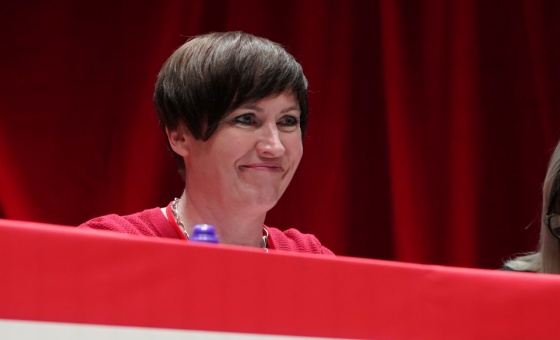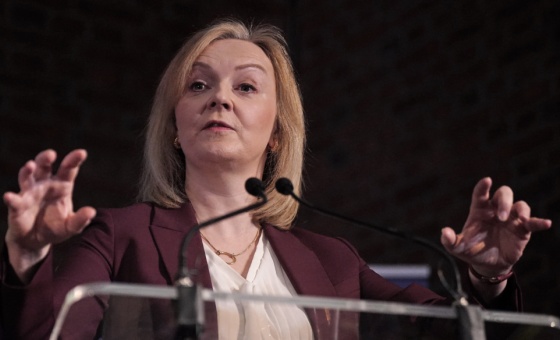This is the last article you can read this month
You can read more article this month
You can read more articles this month
Sorry your limit is up for this month
Reset on:
Please help support the Morning Star by subscribing here
SCHOOL budgets in England have been cut by around £1.7 billion a year since 2015, Labour analysis of a Institute for Fiscal Studies (IFS) report reveals today.
Annual spending on schools would be higher by £1.7bn in 2019-20 than the amount allocated by government if funding per pupil had been maintained in real terms over the past three years, according to Labour’s analysis of the data.
Shadow education secretary Angela Rayner, who will be visiting a school in Yorkshire today, has criticised Chancellor Philip Hammond’s one-off announcement of £400 million in the Budget so that schools can buy “little extras” was “downright insulting.”
Mr Hammond suggested that the average school could use it for building maintenance and equipment like a “couple of whiteboards,” but it cannot be used on running costs and staffing.
Prime Minister Theresa May has repeatedly stated that the government has increased school funding, but a school in her own constituency has previously sent letters to parents asking for donations to buy basic items like textbooks, pens and toilet roll.
Ms Rayner added: “The Tories have slashed billions from schools and now the Chancellor thinks they should be grateful he’s offered them a whiteboard.
“Instead of offering a sticking plaster to schools this government should be genuinely investing in them by reversing their unjustifiable cuts.”
Ms Rayner also criticised Schools Minister Nick Gibb after he admitted that their recent £508m grant for teachers’ pay will not fully fund every school for the costs of the recent pay settlement, despite government promises that they would.
It was meant to cover the difference between the 1 per cent award that would have been permitted under the Tories’ public sector pay cap, and the higher amount eventually conceded by the government.
However, even this fell short of the full recommendation of the independent pay review body.
Ms Rayner had asked him last month in a written parliamentary question why the Department for Education decided to use pupil numbers as the basis for distributing the grant.
Mr Gibb admitted in a response that his department is using the per-pupil formula, instead of an assessment of individual schools’ costs, because it was based on “simplicity and timeliness.”
But, he added, this means that “the grant will not exactly match their costs in every case.”
He did not say how many schools would face a shortfall, or how much it may be.
Ms Rayner said: “The Prime Minister told us that austerity is over, but it is becoming clearer by the day that this doesn’t apply to our schools and teachers.
“Far from just needing ‘little extras,’ schools aren’t even being funded for the very basics.”










